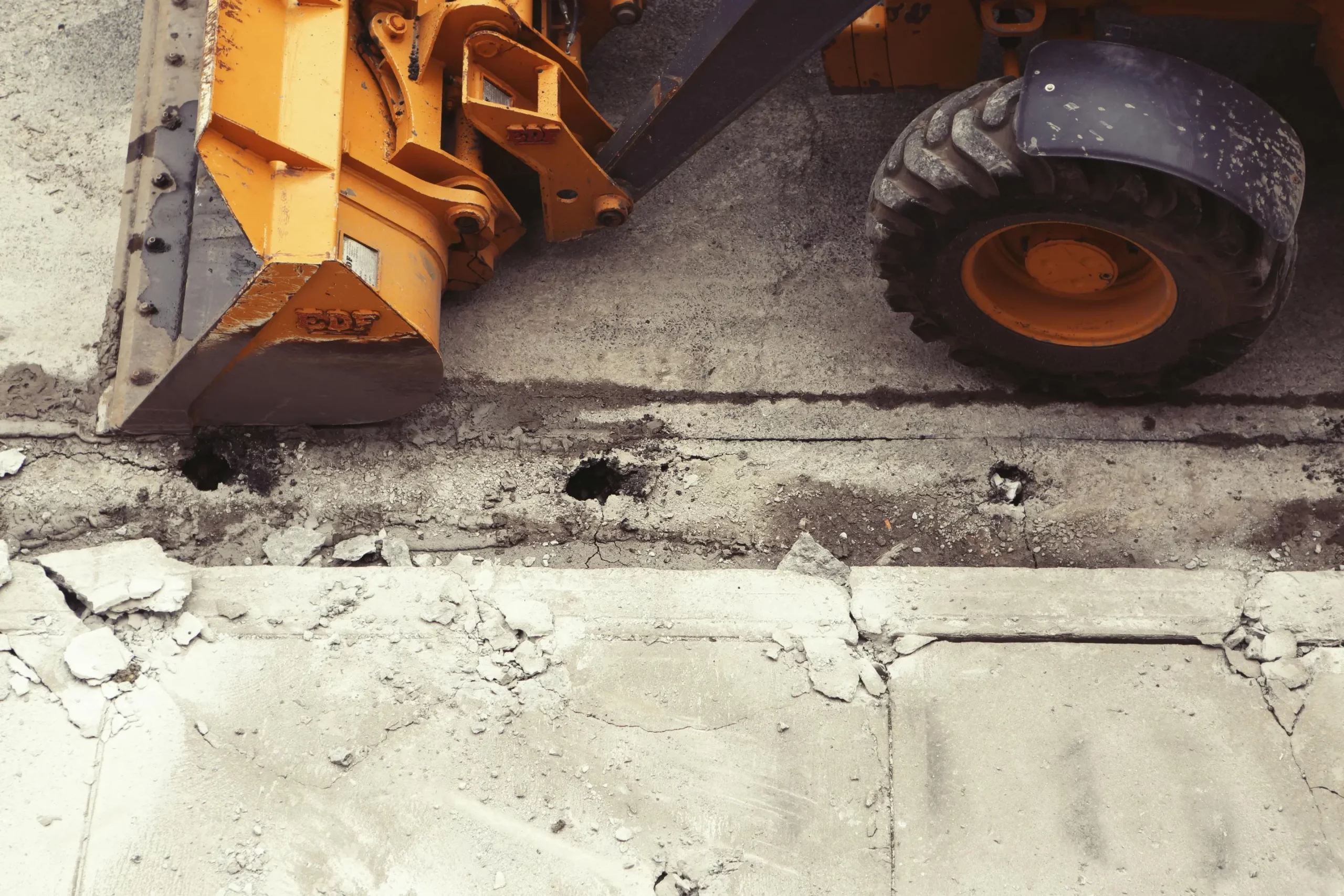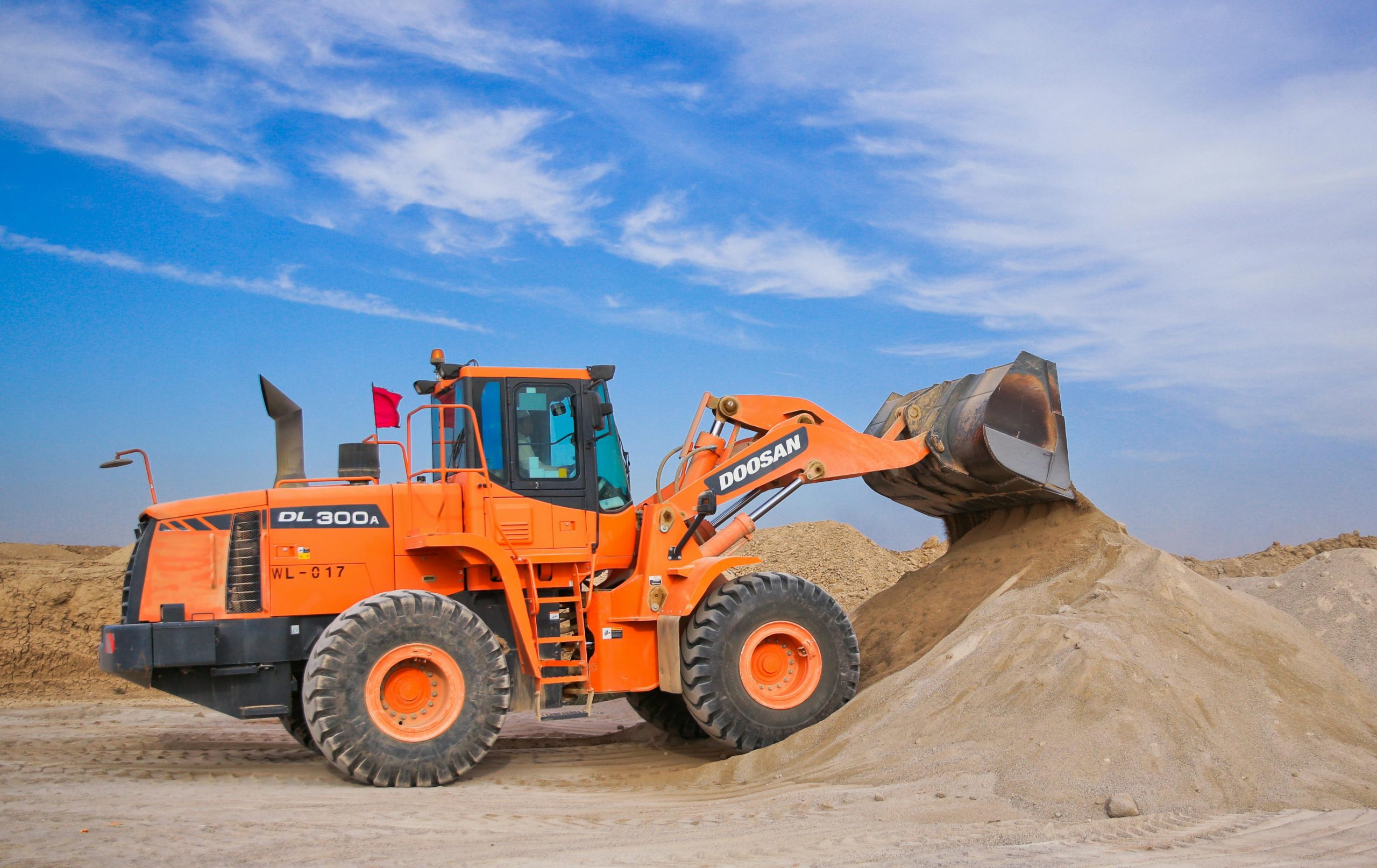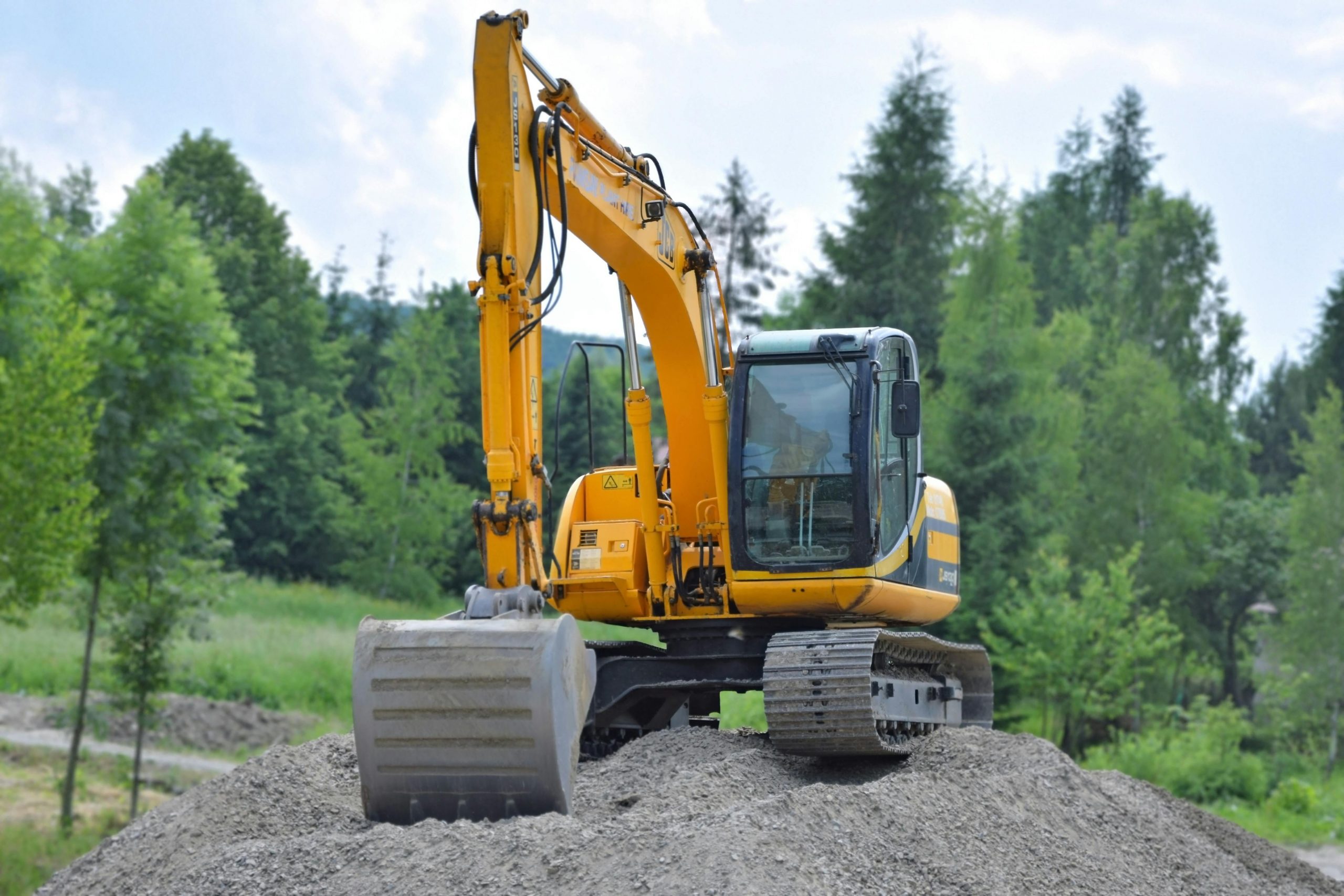
- Sunken concrete structures pose significant challenges to the stability and safety of buildings.
- Traditional repair methods like mud jacking may offer temporary solutions but have limitations.
- Innovative techniques such as polyurethane foam injection and soil stabilization provide efficient, long-lasting solutions.
- Polyurethane foam injection involves injecting expanding foam beneath the slab while soil stabilization strengthens the soil.
- These modern solutions offer numerous advantages over traditional methods and ensure the long-term stability of structures.
In construction and home maintenance, the integrity of foundations stands as the bedrock of structural stability. However, sunken concrete structures pose a significant challenge, threatening the stability and safety of buildings. This article will delve into the critical issue of sunken foundations and explore innovative solutions for their resurrection. From traditional repair methods to modern techniques such as polyurethane foam injection and soil stabilization, it uncovers the advancements reshaping the landscape of foundation maintenance. By understanding the causes, consequences, and remedies for sunken concrete, property owners can embark on a journey toward restoring and safeguarding their structures.

Understanding Sunken Concrete Structures
Sunken concrete structures, often indicative of underlying foundation issues, stem from various causes compromising their stability and integrity. Common factors contributing to the concrete settlement include soil erosion due to water infiltration, poor soil compaction during construction, and the natural aging process of the foundation materials. Additionally, nearby tree roots can exert pressure on the foundation, leading to uneven settling.
Signs and Symptoms
Identifying signs and symptoms of sunken concrete is crucial for prompt intervention. Visible cracks in the walls or floor, uneven or sloping floors, doors and windows that no longer close correctly, and gaps between walls and ceilings indicate foundation settlement. These symptoms often worsen over time if left unaddressed, indicating underlying structural problems.
Structural and Financial Consequences
Neglecting sunken foundations can have severe consequences, both structurally and financially. Continued settlement may damage the building structure further, compromising its stability and safety. In extreme cases, neglecting foundation issues can result in structural failure, posing significant risks to occupants and requiring costly repairs or even reconstruction. Moreover, unresolved foundation problems can decrease the property’s value and make it more challenging to sell in the future.
Traditional Repair Methods
Traditional repair methods for sunken concrete structures have long been used to address foundation settlement issues. You should consider consulting a company offering reliable mud jacking services. The technique, also known as slab jacking or pressure grouting, involves injecting a mixture of cement, soil, and other additives beneath the sunken slab to lift it back into place.
Limitations and Drawbacks
While traditional methods like mud jacking have been used for decades, they have several limitations and drawbacks. Firstly, the process can be disruptive and time-consuming, requiring heavy equipment and extensive drilling to access the affected area. Additionally, traditional methods may only provide a temporary solution, as they do not address the underlying soil issues that caused the settlement in the first place. Over time, the repaired area may settle again, necessitating further repairs.
While traditional repair methods have been widely used, they may not always provide a long-lasting solution for sunken concrete structures. Property owners should be aware of their limitations and consider alternative approaches that address the underlying causes of foundation settlement for more permanent results.
Innovative Solutions for Foundation Resurrection
Innovative solutions have emerged to address foundation issues, offering more efficient and long-lasting alternatives to traditional repair methods. Two modern techniques gaining popularity are polyurethane foam injection and soil stabilization.
Polyurethane Foam
Polyurethane foam injection requires the injection of expanding polyurethane foam under the sunken concrete slab. As the foam expands, it fills voids in the soil and lifts the slab back into place. This method offers several benefits, including minimal disruption to the surrounding area, quick curing time, and lightweight materials that exert less pressure on the underlying soil.
Soil Stabilization
Soil stabilization techniques focus on improving the soil’s load-bearing capacity to support the foundation. Methods such as chemical grouting or compaction inject stabilizing agents into the soil, strengthening it and preventing further settlement. Soil stabilization offers advantages such as increased soil strength, reduced risk of future settlement, and compatibility with various soil types.
Numerous Advantages
Compared to traditional repair methods like mud jacking, these innovative solutions offer numerous advantages. They provide a more permanent fix by addressing the underlying soil issues that caused the settlement in the first place. Additionally, modern techniques are less invasive, requiring smaller drill holes and minimal disruption to landscaping. They also offer faster curing times, allowing for quicker restoration of the affected area.
Polyurethane Foam Injection
Polyurethane foam injection is a modern technique to address sunken concrete structures by lifting and stabilizing the affected area. The process involves the injection of expanding polyurethane foam under a sunken slab through small drilled holes. As the foam expands, it fills voids in the soil and lifts the concrete slab back into place.
Resin and Catalyst
The materials used in polyurethane foam injection typically consist of two components: a resin and a catalyst. When mixed together, these components react to form an expanding foam that hardens within minutes, providing a stable support for the concrete slab.
Advantages
Polyurethane foam injection offers several advantages over traditional repair methods. Firstly, it is a non-invasive process that requires minimal disruption to the surrounding area. The small drill holes used for injection are less noticeable and require less cleanup compared to traditional methods involving heavy equipment and extensive drilling. Polyurethane foam injection offers quicker curing times, allowing for faster restoration of the affected area. Furthermore, the lightweight nature of polyurethane foam exerts less pressure on the underlying soil, reducing the risk of future settlement.
Soil Stabilization Techniques
Soil stabilization techniques address sunken foundations by strengthening and stabilizing the underlying soil. Common methods include chemical grouting and compaction grouting. Chemical grouting involves injecting specialized grout materials into the soil beneath the sunken foundation. These grout materials react with the soil to form a solid mass, increasing its load-bearing capacity and preventing further settlement. Compaction grouting, on the other hand, involves injecting a cement-based grout mixture into the soil at high pressure. As the grout expands, it compacts the surrounding soil, creating a stable foundation for the structure above.

Several Benefits
Soil stabilization offers several benefits in addressing sunken foundations. Firstly, it strengthens the soil, providing a solid base for the foundation to rest upon. This reduces the risk of future settlement and structural damage. Additionally, soil stabilization can be tailored to the project’s specific needs, allowing for precise control over the degree of stabilization required. Furthermore, soil stabilization is a cost-effective solution compared to more invasive repair methods, as it requires minimal disruption to the surrounding area and can often be completed quickly.
Effective Soil Stabilization
Real-world examples demonstrate the effectiveness of soil stabilization in restoring sunken foundations. For instance, a case study may showcase how chemical grouting was used to stabilize the soil beneath a sunken warehouse foundation, preventing further settlement and avoiding costly structural repairs. These examples underscore the reliability and versatility of soil stabilization techniques in addressing foundation issues and ensuring the long-term stability of structures.
In conclusion, addressing sunken concrete structures is paramount for ensuring building stability, safety, and longevity. Traditional repair methods have long been relied upon. Still, innovative solutions such as polyurethane foam injection and soil stabilization are revolutionizing the field of foundation repair. These modern techniques offer efficient, long-lasting solutions that address the underlying causes of settlement, providing property owners with peace of mind and preserving the value of their investments. By embracing these innovative solutions and taking proactive steps to resurrect foundations, property owners can safeguard their structures against the risks posed by sunken concrete and ensure their continued integrity for years to come.
